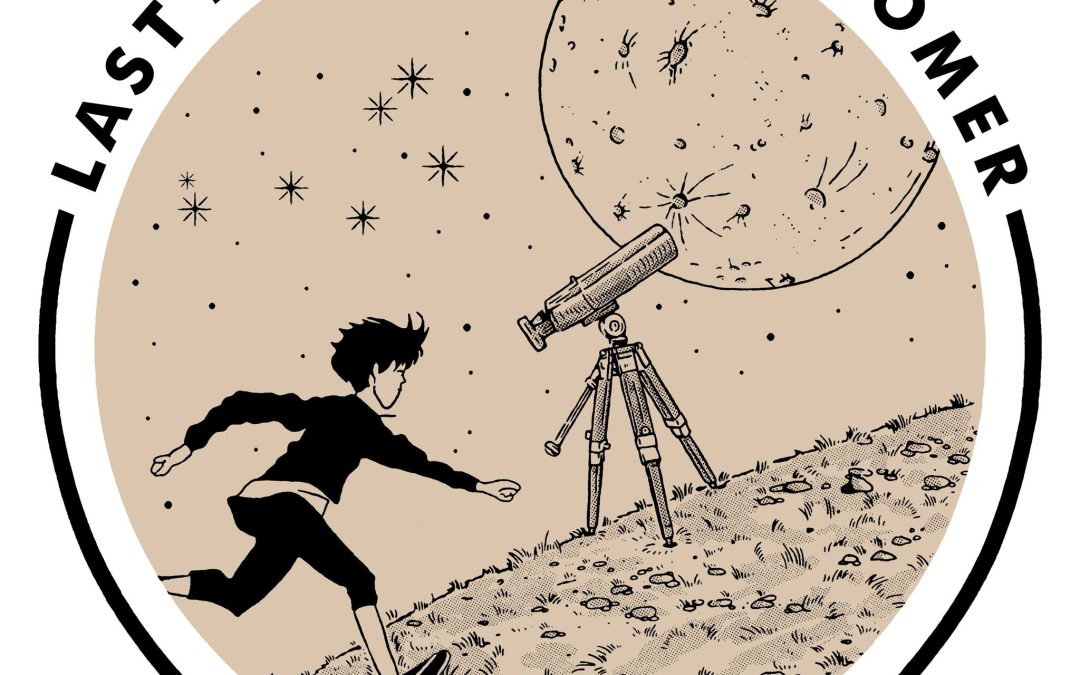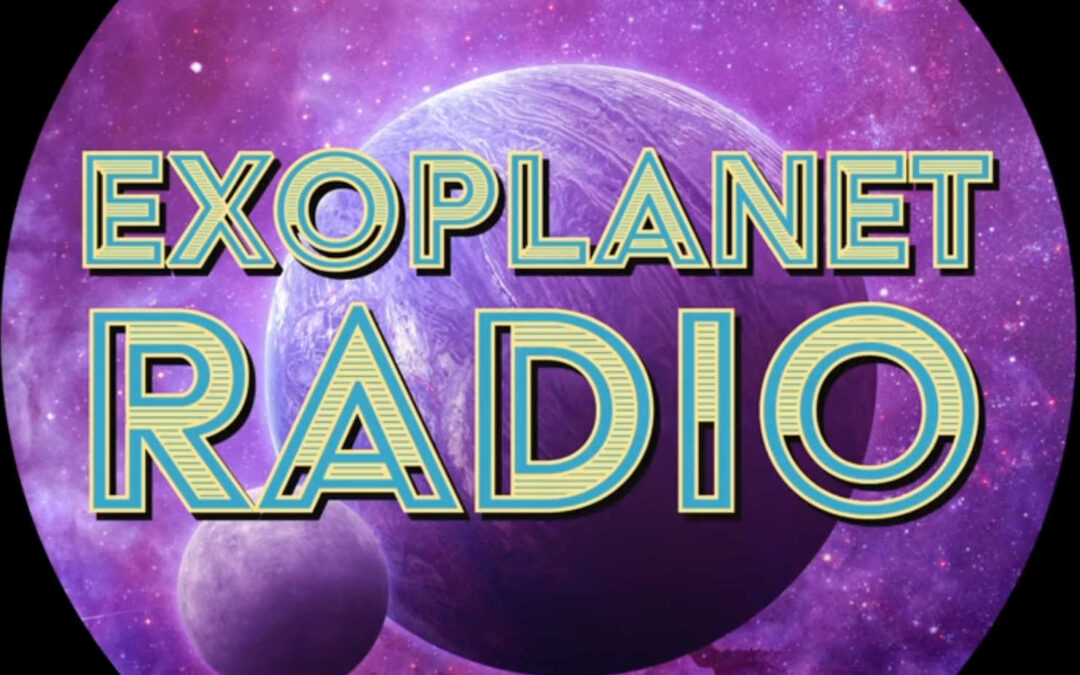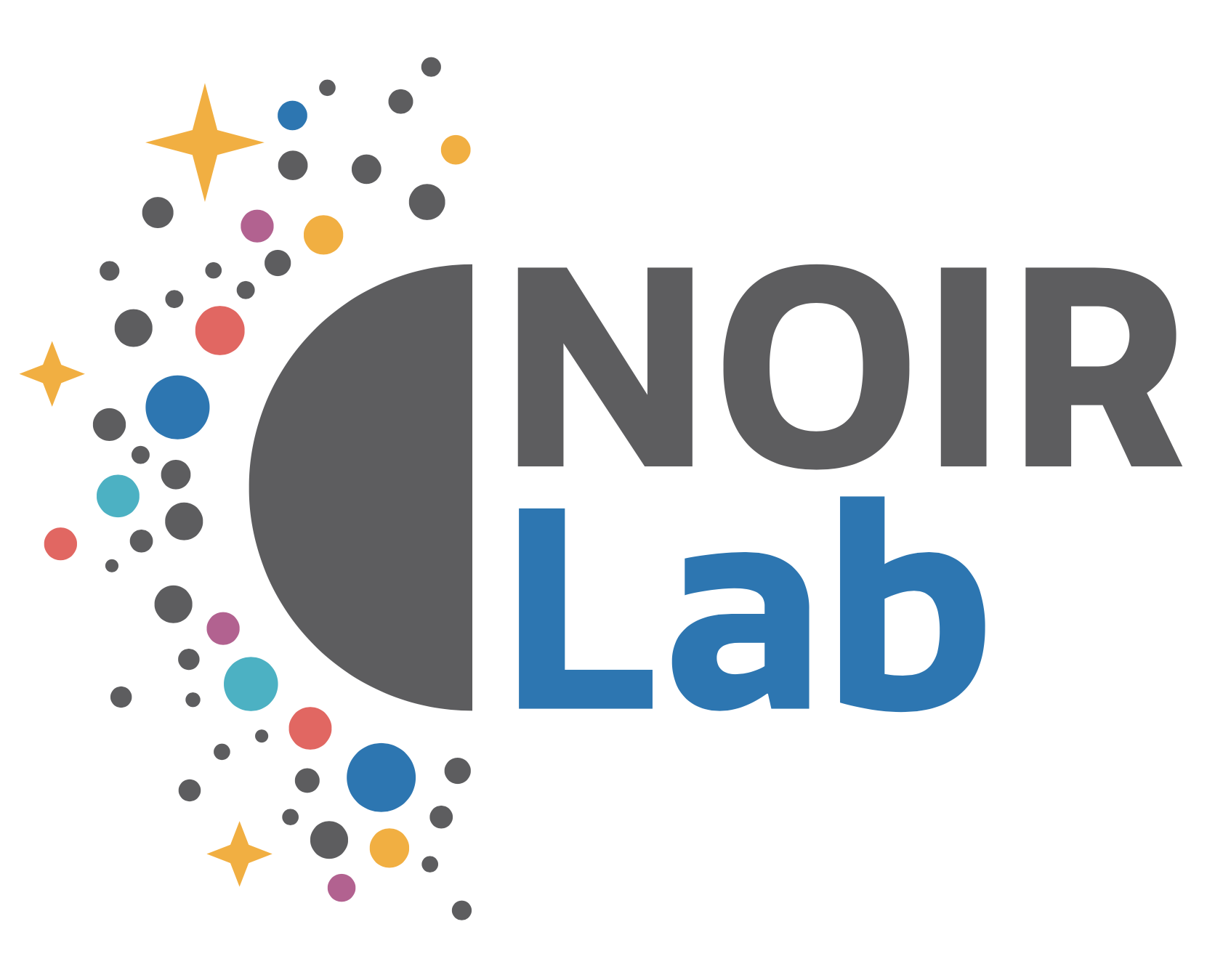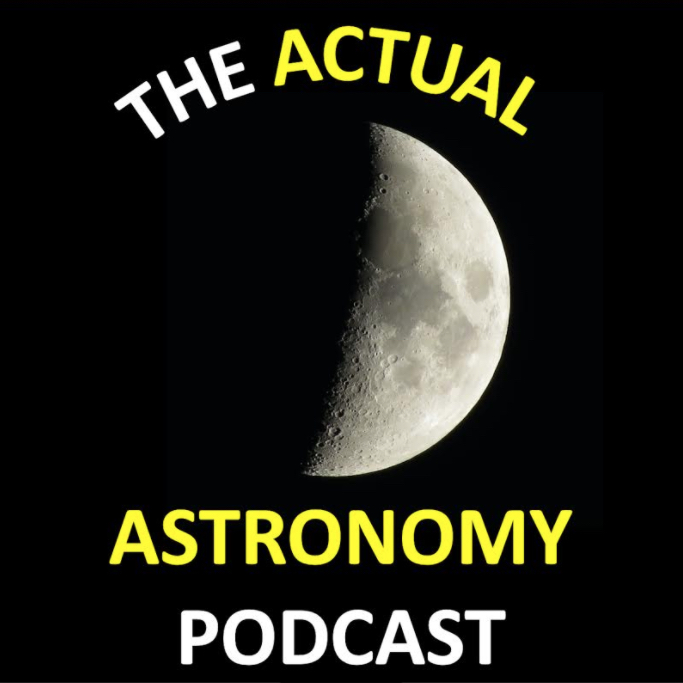In November Saturn and Jupiter are the steady highlights above, Venus shines brilliantly before dawn, and rocks fall from the sky.


In November Saturn and Jupiter are the steady highlights above, Venus shines brilliantly before dawn, and rocks fall from the sky.

The next big milestone for exoplanets is a telescope that can see beyond beyond the frontiers of our knowledge: The Roman Space Telescope

Things that orbit the Sun and clear their orbits. So what happens when worlds collide? Why is Mars’ sky red?


How to observe the Perseid meteor shower,Lunar X and Straight Wall, Minor Planets Iris and Psyche plus bright comets.

We know that in space, no one can hear you scream. But what would things sound like on another planet?

Tucked inside a quiet solar system, in the area of sky outlined by the constellation Aquarius, orbits a planet named TRAPPIST-1d, the third of seven planets in a system. More about this planet today with Deep Astronomy

Here’s a familiar question: How’s the weather? We’re familiar with the weather on Earth. How about exoplanet? for the first time in history, astronomers can now answer that question. Here’s the story

There are planets in orbit around stars outside our solar system – and even rogue planets. But finding them is very hard. They are small and dim. But ideally, we’d like to see them directly, in our telescopes. Is that possible?

June brings us the quote “Parade of Planets”…well, sort of…Listen up as I discuss which planets are visible, which aren’t, and when the Moon will pass by them.